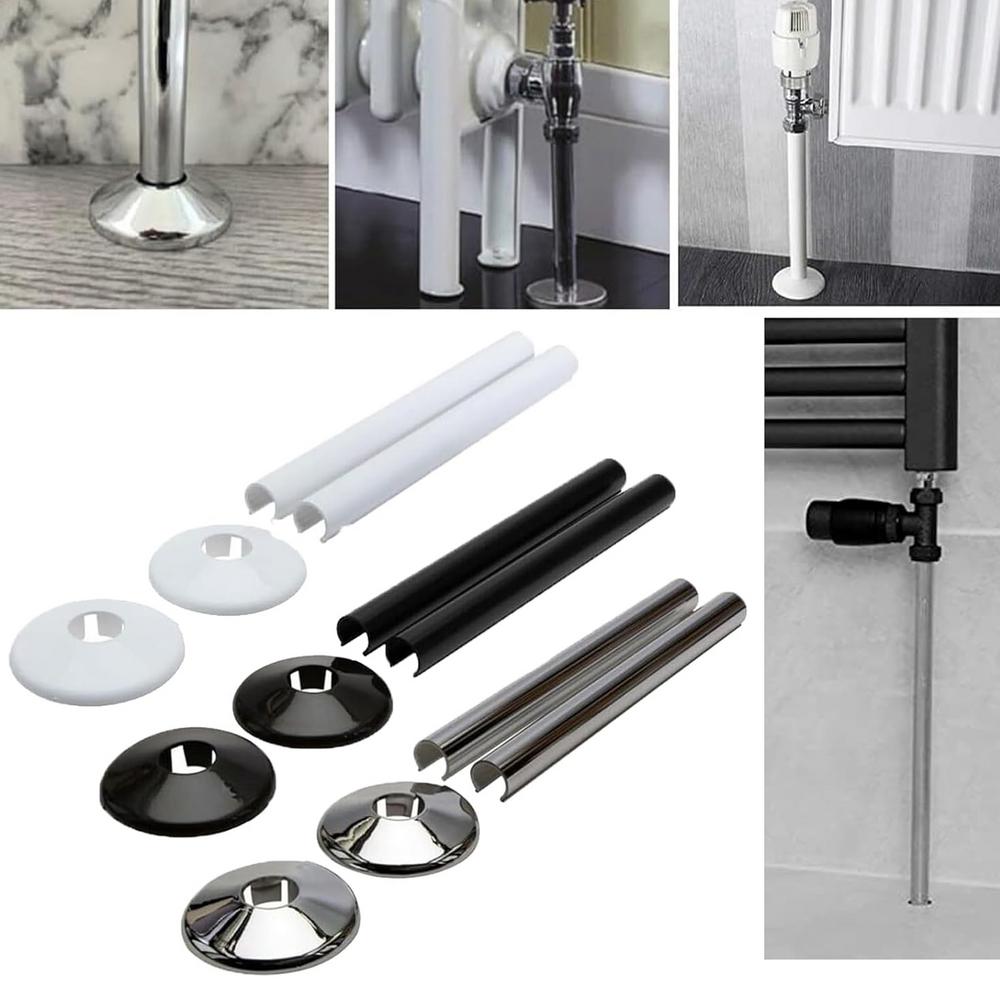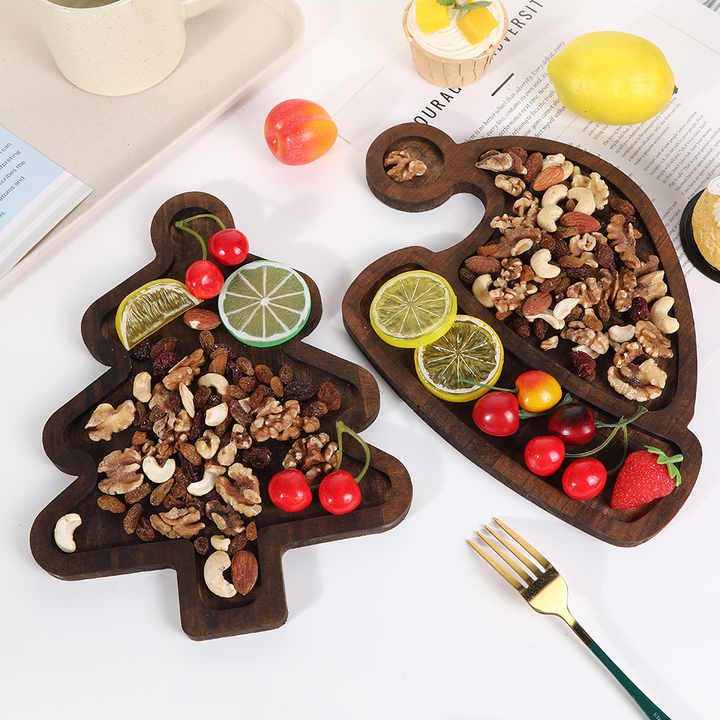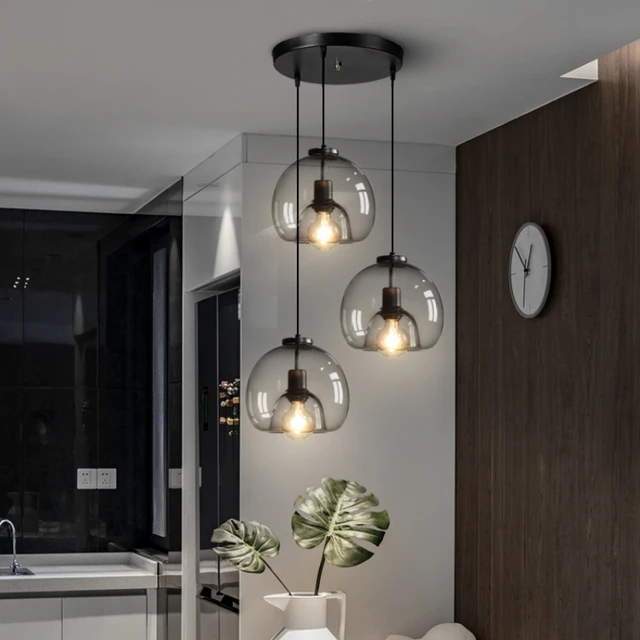Introduction
Kitchen safety is a priority for every homeowner. Among the components that play a crucial role in this safety is the kitchen gas pipe. Gas pipes deliver essential fuel to your kitchen appliances, such as stoves, ovens, and water heaters. However, exposed gas pipes can pose safety hazards, especially in a busy kitchen environment. To prevent accidents and enhance the aesthetic appeal of your kitchen, installing a gas pipe cover is a wise decision. In this article, we will explore the importance of kitchen gas pipe cover (French:cache tuyau gaz cuisine) and different types available, installation procedures, maintenance tips, and much more.
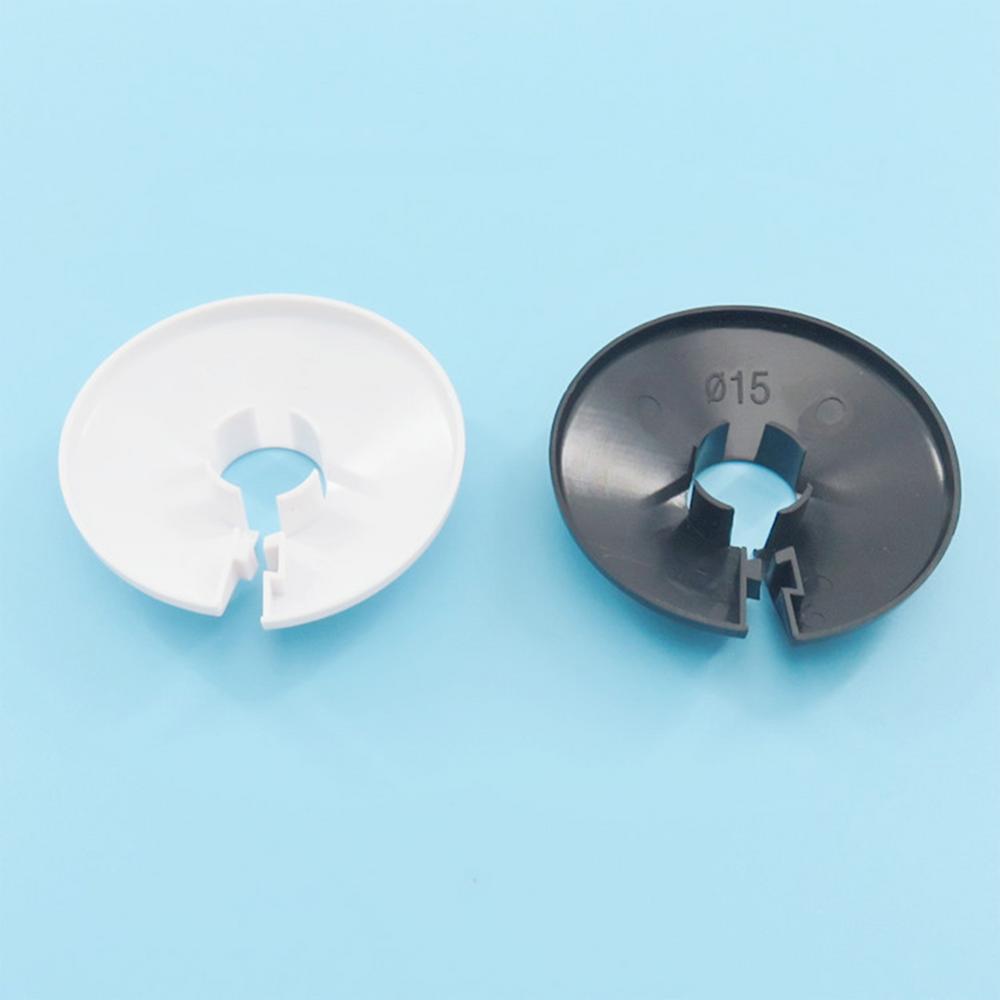
Understanding Gas Pipe Covers
What Is a Gas Pipe Cover?
A gas pipe cover is a protective casing designed to shield exposed gas pipes from physical damage and accidents. It also helps in maintaining the overall aesthetic appearance of your kitchen. These covers fit over the gas pipes, providing not only a safety barrier but also a decorative option for your kitchen. Depending on the type and style chosen, gas pipe covers can blend seamlessly with your kitchen decor.
Why Kitchen Gas Pipe Covers Are Important
Gas pipes are integral to a modern kitchen. They provide the fuel necessary for cooking and heating, making daily activities possible. However, exposed gas pipes can pose a series of risks that can impact both safety and aesthetics. Gas leaks, corrosion, and physical damage are just a few concerns that arise when pipes are left uncovered. In addition to these practical issues, gas pipes can also disrupt the look of a kitchen, leading to a cluttered or industrial aesthetic that many homeowners wish to avoid. Kitchen gas pipe covers can address these challenges by enhancing both the safety and visual appeal of your kitchen.
Enhancing Safety with Gas Pipe Covers
Safety is the top priority when it comes to gas pipes. Even small leaks can cause catastrophic consequences, from fires to explosions. Exposed gas pipes are more prone to damage from external factors such as accidental bumps, exposure to heat, or even sharp objects. These damages can lead to cracks or weaknesses in the pipe, potentially causing dangerous gas leaks. A gas pipe cover can provide an extra layer of protection, preventing these accidents by keeping the pipe safe from external impacts.
In addition to physical protection, gas pipe covers can help with the detection and prevention of leaks. Many covers are designed with ventilation or gaps that allow gas to escape safely in the event of a small leak. This ensures that any gas buildup does not go unnoticed and can be quickly detected before it leads to more significant hazards. Some gas pipe covers even come with integrated warning systems that alert homeowners if a leak is detected. This is especially beneficial for people who may not be aware of a potential problem until it becomes serious.
Types of Kitchen Gas Pipe Covers
Metal Gas Pipe Covers
Metal gas pipe covers are a popular choice among homeowners for their durability and aesthetic appeal. These covers are usually made from steel or stainless steel, providing robust protection against physical damage. Metal covers can withstand various kitchen conditions, including heat and moisture. They do not warp or bend easily over time, making them ideal for long-term use.
One significant advantage of metal gas pipe covers is their ability to blend with stainless steel appliances, creating a uniform look in modern kitchens. They often come in polished or brushed finishes, which can add a sophisticated touch to your space. However, one should consider the weight and potential for rusting; thus, regular maintenance may be required to keep them looking new.
Vinyl and Plastic Gas Pipe Covers
Vinyl and plastic gas pipe covers provide a lighter and more versatile option. These covers are easy to install and come in various colors and designs, allowing for customization to match your kitchen’s theme. They are resistant to moisture and can be cleaned easily, making them low-maintenance.
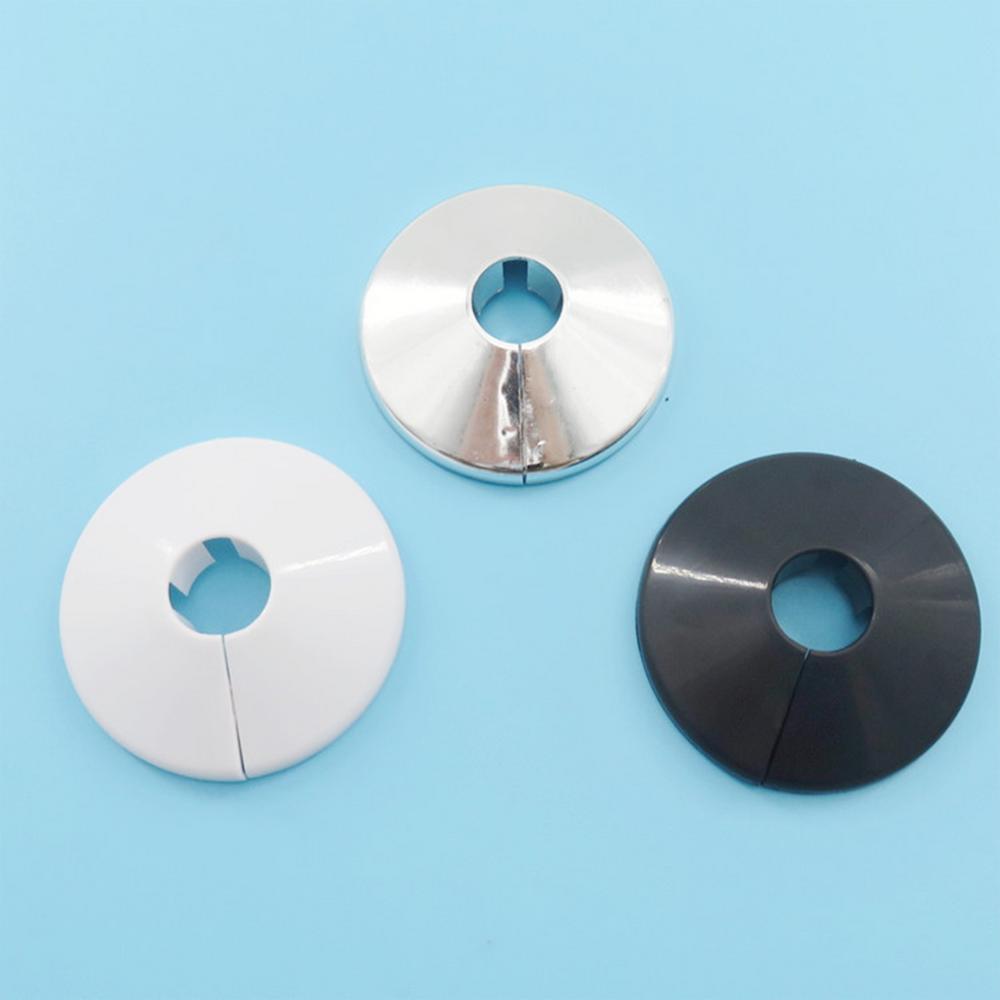
However, while vinyl and plastic covers are generally less expensive, they might not be as durable as metal options. They can be prone to breakage under stress, such as if someone leans against them too hard. Therefore, homeowners should assess their kitchen environment and usage habits before making a selection.
Decorative Gas Pipe Covers
Some homeowners are more concerned about aesthetics and may choose decorative gas pipe covers. These options come in various designs, colors, and materials, allowing for maximum personalization. Decorative covers can transform a bare gas pipe into an attractive focal point in your kitchen.
Some people opt for designs that mimic wooden textures or other materials to make the gas pipe area blend seamlessly into the kitchen decor. While these covers may not always provide the same level of protection as metal or heavier vinyl options, they can offer sufficient shielding while enhancing the visual appeal of the kitchen.
Installing Gas Pipe Covers
Preparing for Installation
Before purchasing a gas pipe cover, homeowners need to measure the length and diameter of the gas pipes in their kitchens. Accurate measurements ensure the cover fits snuggly over the pipes, providing optimal protection. Homeowners should consider the type of pipe cover they wish to install as well. Some may require screws or adhesives, while others may simply slide over the pipe.
Step-by-Step Installation
Follow these general steps for the installation process:
- Gather Tools and Materials: Depending on the type of cover, you may need a drill, screws, adhesive, scissors (for vinyl or plastic), and a measuring tape.
- Turn Off Gas Supply: For safety, turn off the gas supply to your kitchen appliances before starting the installation process.
- Clean the Pipes: Use warm, soapy water to clean the area around the gas pipes. This ensures a secure adherence of the cover.
- Measure and Cut: If necessary, cut the gas pipe cover to the correct length based on your measurements. Use a saw or scissors, depending on the material.
- Attach the Cover: If your cover requires screws or fasteners, align it properly on the pipes and secure it. For adhesive covers, peel back the backing and apply firmly to the cleaned surface.
- Check Fit and Finish: Ensure the cover is securely attached and there are no gaps where dirt or moisture can enter.
- Turn On Gas Supply: Once assured everything is in place, turn the gas supply back on and check for leaks.
Safety Checks Post-Installation
After installing your gas pipe cover, it’s essential to perform a safety check. Inspect the newly covered area for any signs of gas leaks. You can do this by applying a mixture of soap and water to the seams of the cover. If you see bubbling, it may indicate a leak, and you should call a professional to inspect.
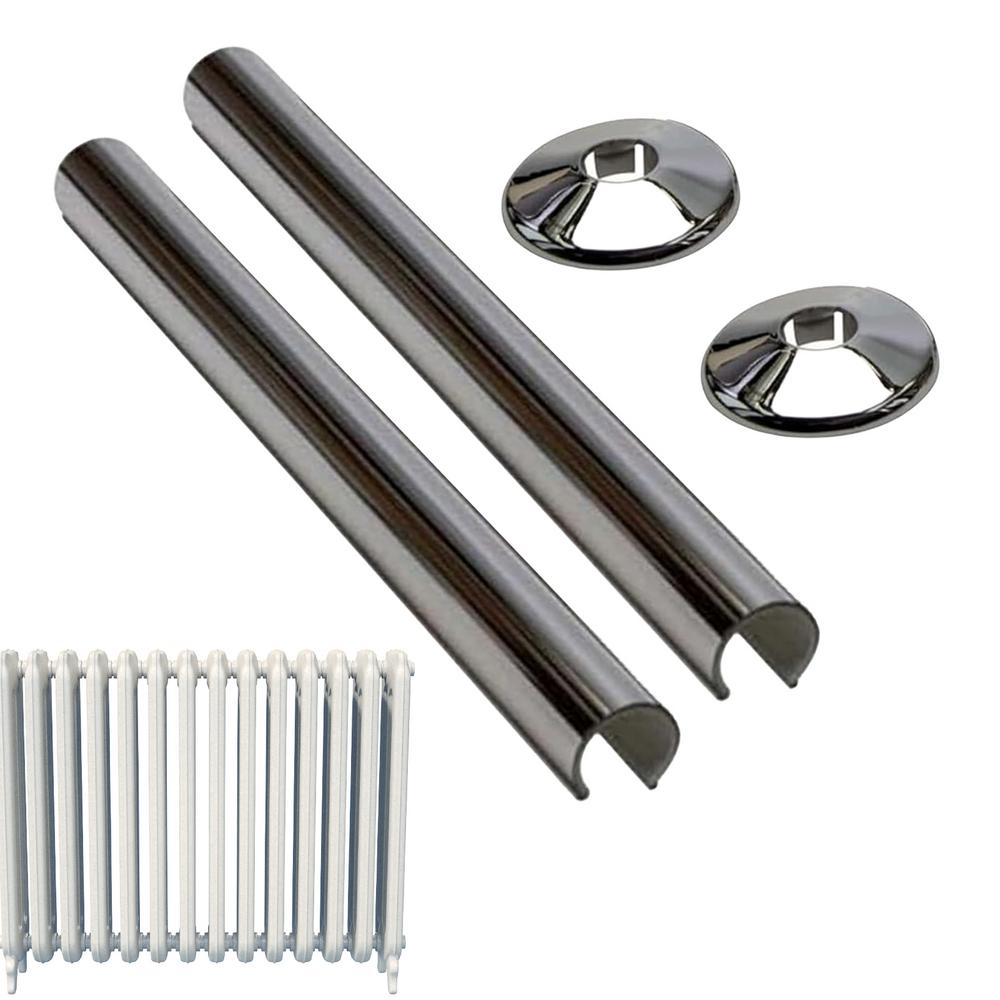
Maintenance and Care for Gas Pipe Covers
Routine Inspections
Regular maintenance of your gas pipe covers ensures they serve their purpose effectively over time. Periodically inspect the covers for any signs of wear, damage, or loosening. If you notice anything unusual, such as cracks in the cover or loose fittings, address these issues immediately. Regular inspections can prevent potential accidents from occurring.
Cleaning Procedures
Cleaning your gas pipe covers is another essential aspect of maintenance. For metal covers, use a non-abrasive cleaner to remove any grease or grime. Stainless steel cleaners can help keep the surface shiny and free from fingerprints. For vinyl or plastic covers, warm soapy water can remove built-up dirt. Avoid using harsh chemicals that can cause discoloration or degradation.
When to Replace Your Gas Pipe Covers
Gas pipe covers, like other home elements, have a lifespan. If you notice signs of significant wear or damage, such as extensive rust on metal covers or severe cracks on vinyl ones, it might be time for a replacement. Do not delay in replacing damaged covers, as they serve a critical safety function.
Conclusion
Installing a gas pipe cover in your kitchen is an important step toward ensuring safety and enhancing the aesthetics of your space. With various types of covers available, from metal to decorative options, homeowners can choose based on their needs, preferences, and budget. Proper installation and routine maintenance help ensure the effectiveness and longevity of these covers.
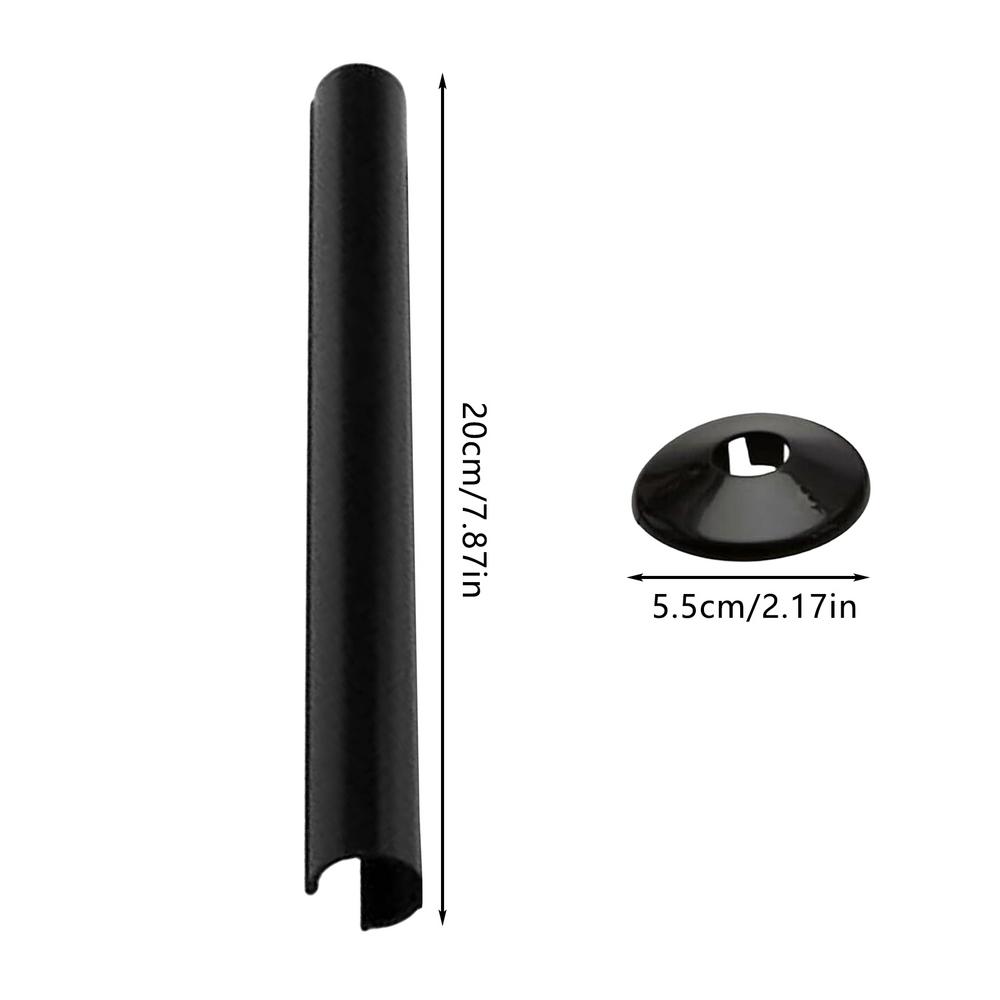
By prioritizing safety and maintaining cleanliness in your kitchen, you can create a home environment that feels welcoming while minimizing the risk of accidents. Invest in a quality gas pipe cover to safeguard your home, enhance your kitchen decor, and enjoy peace of mind during your cooking adventures.
In summary, understanding the significance of gas pipe covers takes your kitchen safety to the next level. So, whether you are redesigning your entire kitchen or just looking to improve safety, don’t overlook this essential feature. Choose wisely, install carefully, and maintain diligently to enjoy a beautiful and safe kitchen for years to come.
